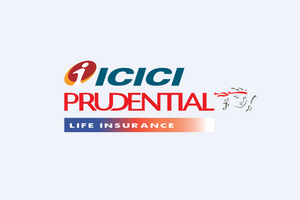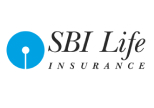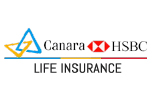Types of Investments And Their Risk Portfolio
Table of Contents
Investing intimidates a lot of people. There are numerous options, and it can be hard to figure out which investments are right for your portfolio. This guide walks you through the most common types of investment and explains why you may want to consider including them in your portfolio. If you’re serious about investing, it might make sense to find a financial advisor to guide you.
Different Types of Investment Options And Their Risk Profile
Below is a list of a few types of Investments along with their risk portfolio:
1. Stocks
Stocks, also known as shares or equities, may be the most well-known and simple type of investment. When you buy stock, you’re buying an ownership stake in a publicly traded company. When you buy a stock, you’re hoping that the price will go up so you can then sell it for a profit. The risk, of course, is that the price of the stock could go down, in which case you’d lose money.
2. Bonds
When you buy a bond, you’re essentially lending money to an entity. Generally, this is a business or a government entity. Companies issue corporate bonds, whereas local governments issue municipal bonds. While the money is being lent, the lender gets interest payments. After the bond matures — that is, you’ve held it for the contractually determined amount of time — you get your principal back. The rate of return for bonds is typically much lower than it is for stocks, but bonds also tend to be lower risk. There is some risk involved, of course. The company you buy a bond from could fold, or the government could default. Treasury bonds, notes and bills, however, are considered very safe investments.
3. Mutual Funds
A mutual fund is a pool of many investors’ money that is invested broadly in a number of companies. Mutual funds can be actively managed or passively managed. An actively managed fund has a fund manager who picks securities in which to put investors’ money. Fund managers often try to beat a designated market index by choosing investments that will outperform such an index. Mutual funds carry many of the same risks as stocks and bonds, depending on what they are invested in. The risk is often lesser, though, because the investments are inherently diversified.
4. Exchange-Traded Funds
Exchange-traded funds (ETFs) are similar to mutual funds in that they are a collection of investments that tracks a market index. Unlike mutual funds, which are purchased through a fund company, shares of ETFs are bought and sold on the stock markets. Their price fluctuates throughout the trading day, whereas mutual funds’ value is simply the net asset value of your investments, which is calculated at the end of each trading session. ETFs are often recommended to new investors because they’re more diversified than individual stocks. You can further minimize risk by choosing an ETF that tracks a broad index.
5. Certificates of Deposit
A certificate of deposit (CD) is a very low-risk investment. You give a bank a certain amount of money for a predetermined amount of time. When that time period is over, you get your principal back, plus a predetermined amount of interest. The longer the loan period, the higher your interest rate. There are no major risks to CDs.
6. Retirement Plans
There are a number of types of retirement plans. Workplace retirement plans, sponsored by your employer, include 401(k) plans and 403(b) plans. If you don’t have access to a retirement plan, you could get an individual retirement plan (IRA), of either the traditional or Roth variety. Retirement plans aren’t a separate category of investment, but a vehicle for making investments, including purchasing stocks, bonds and funds, that exempt you from taxes in one of two ways: either letting you invest pre tax dollars (as with a traditional IRA) or allowing you to withdraw money without paying taxes on that money. The risks for the investments are the same as if you were buying the investments outside of a retirement plan.
7. Options
An option is a somewhat more complicated way to buy a stock. When you buy an option, you’re purchasing the ability to buy or sell an asset at a certain price at a given time. There are two types of options: call options, for buying assets, and put options, for selling options. The risk of an option is that the stock will decrease in value. If the stock decreases from its initial price, you lose your money. Options are an advanced investing technique, and retail should exercise caution before using them.
8. Annuities
Many people use annuities as part of their retirement savings plan. When you buy an annuity, you purchase an insurance policy and, in return, you get periodic payments. Annuities come in numerous varieties. They may last until death or only for a predetermined period of time. They may require periodic premium payments or just one up-front payment. They may be linked partially to the stock market or they may simply be an insurance policy with no direct link to the markets. Payments may be immediate or deferred to a specified date. They may be fixed or variable. While annuities are fairly low risk, they aren’t high-growth. They make a good supplement to retirement savings, rather than an integral source of funding.
The Bottom Line
There are a lot of types of investment to choose from. Some are perfect for beginners, while others require more experience. Each type of investment offers a different level of risk and reward. Investors should consider each type of investment before determining an asset allocation that aligns with their goals.
Also read - Difference Between National Pension Scheme and Senior Citizens Saving Scheme









































